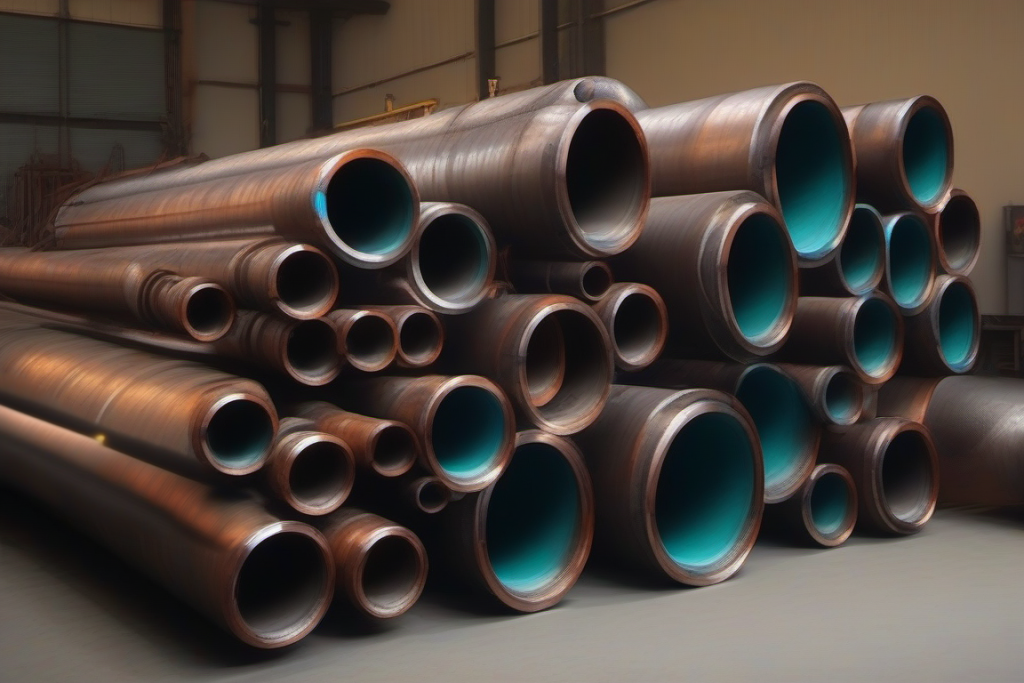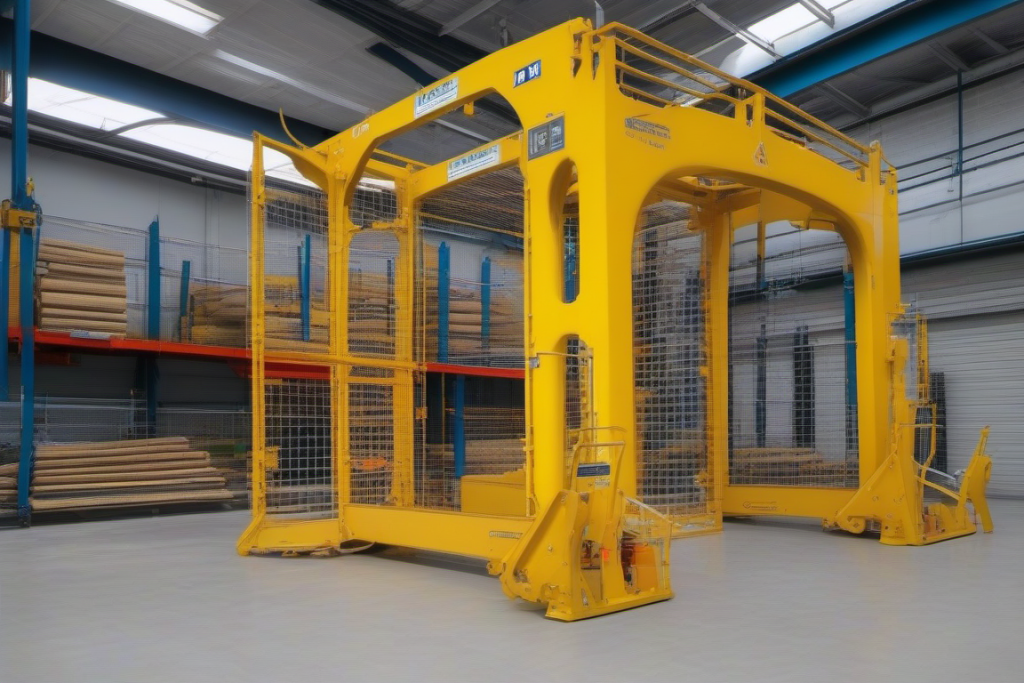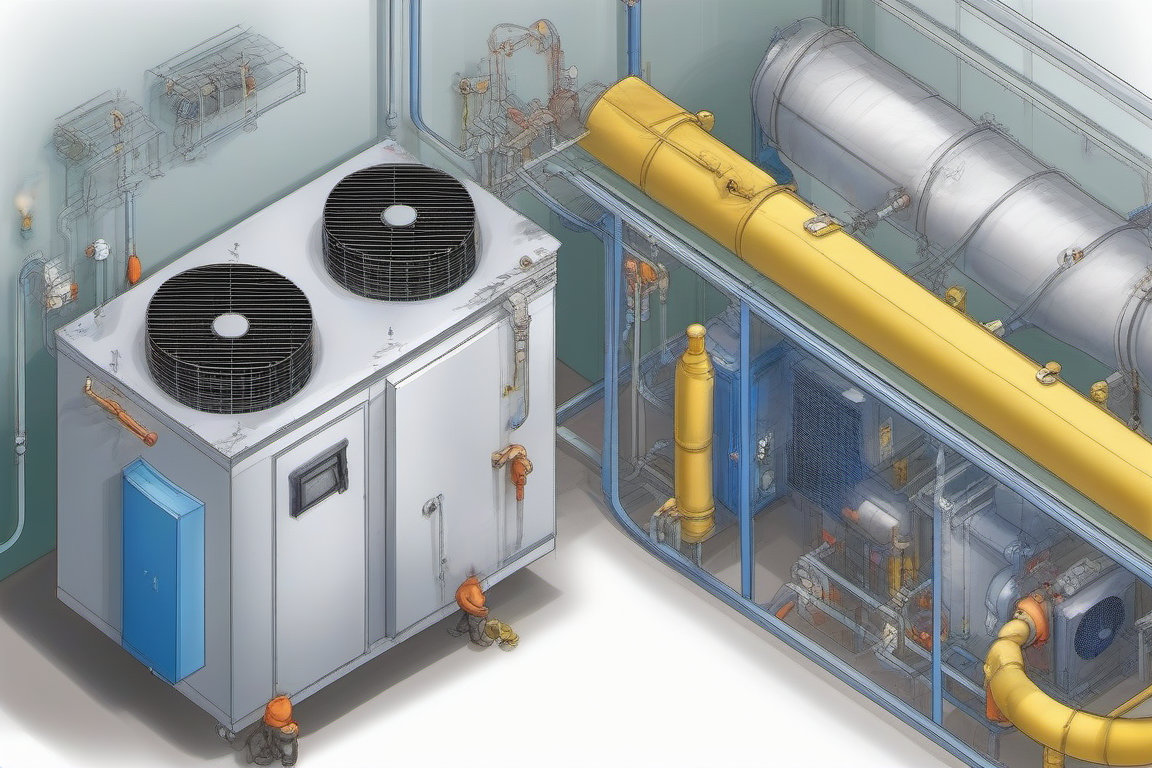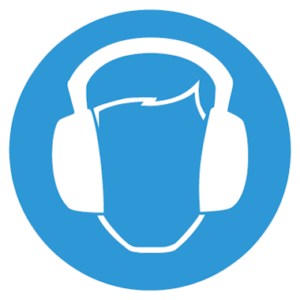The CSCS HVACR Pipefitting and Welding Specialist exam tests your knowledge and understanding of safety practices, regulations, and procedures related to pipefitting, welding, and associated tasks in the heating, ventilation, air conditioning, and refrigeration (HVACR) industry.
This study guide covers the essential topics you need to master to prepare for the exam.
Remember to take our CSCS HVACR Pipefitting and Welding Specialist mock exam questions.
Section 1: Site Safety and Procedures
1.1 Valve and Switch Handling
- Lock off all valves and switches for newly installed but not yet commissioned plants to ensure safety and prevent unauthorized operation.
1.2 Authorized Personnel
- Only Gas Safe registered engineers are qualified to install natural gas pipework.
- Pressure testing on pipework or vessels should be conducted by qualified individuals.
1.3 Permit to Work Systems
- Access to confined spaces like risers should be managed through a permit to work system.
- Stop work and conduct a risk assessment before entering service ducts or potentially hazardous areas.
1.4 Electrical Safety
- Label and follow proper procedures for handling defective electrical items.
- Cease work until an authorized temporary wiring supply is set up for power tools.
- Battery-operated cordless tools do not require portable appliance testing.
- Position extension leads to avoid tripping hazards.
1.5 Gas and Fuel Safety
- Position LPG cylinders outside site cabins, and store them in a locked enclosure away from oxygen cylinders.
- Place engine-driven generator exhausts outside the building.
1.6 Spill and Leak Management
- Restrict access and notify supervisors in case of spills.
- Use leak detection fluid to check for gas leaks after attaching regulators.
1.7 Personal Protective Equipment (PPE)
- Wear gloves and refer to COSHH assessments when using pipe-freezing apparatus.
- Wear eye protection with tinted filter lenses during welding or flame cutting operations.

Section 2: Pipefitting and Welding Procedures
2.1 Pipe Cutting and Threading
- Be cautious of potential injuries from the sharp edges of cut pipes when using hand-operated pipe cutters.
- Avoid clothing entanglement when using electrically powered threading machines.
2.2 Oxygen Cylinder Handling
- Exercise extreme caution when handling oxygen cylinders due to their high pressures.
2.3 Drilling and Pipe Threading Safety
- Wear eye protection at all times when drilling through walls.
- Erect barriers around the entire length of the pipe and the machine during pipe threading operations.
2.4 Welding and Flame Cutting
- Provide protective screens to shield from welding flash.
- Be aware of the fire hazards associated with welding and flame cutting.
- Cease hot work at least one hour before leaving the site.
- Remove pipe lagging at least 1 meter on both sides when using a blowtorch near flexible pipe insulation.
- Place a non-flammable mat and have a fire extinguisher ready when using a blowtorch near timber.
- Identify acetylene cylinders by their distinctive maroon color.
2.5 Brazing and Soldering
- Position oxyacetylene brazing equipment bottles vertically and secured.
- Avoid using oxyacetylene equipment for jointing copper tube with capillary soldered fittings.
- Store acetylene gas-welding bottles outside in a designated storage compound when not in use.
2.6 Hot Work Permits
- Activities like angle grinding steel and soldering in heating systems typically require hot work permits.

Section 3: Lifting and Access Equipment
3.1 Lifting Operations
- Ensure safe lifting through detailed method statements.
- Understand the safe working load (SWL) limits of lifting equipment.
- Clearly indicate the SWL on all lifting equipment.
3.2 Oxyacetylene Equipment Safety
- Perform safety checks on cylinders, hoses, and flashback arresters before using oxyacetylene equipment.
- Ensure proper ventilation and a clear work area.
3.3 Pressure Testing
- Only individuals directly involved should participate in pressure testing of pipework or vessels.
3.4 Ladder and Stepladder Safety
- Secure ladders to prevent lateral movement or sliding.
- Fully extend the restraint mechanism on stepladders during positioning and erection.
3.5 Mobile Tower Safety
- Adhere to the manufacturer’s specified maximum height for free-standing mobile towers.
- Clear the platform of all individuals and equipment before relocating a mobile tower.
3.6 Rooftop and Elevated Work
- Conduct a risk assessment before commencing any roof work.
- Understand the purpose of edge protection in mitigating fall risks.
- Secure the access hatch on mobile tower platforms to prevent falls.
- Consider overhead service cables as a significant hazard when constructing mobile towers.
- Ensure guard-rails and toe-boards are installed on work platforms before starting tasks in hazardous areas.
By thoroughly studying and understanding the topics covered in this guide, you will be well-prepared to take the UK CSCS HVACR Pipefitting and Welding Specialist exam and demonstrate your competence in safe pipefitting, welding, and associated practices within the HVACR industry.


